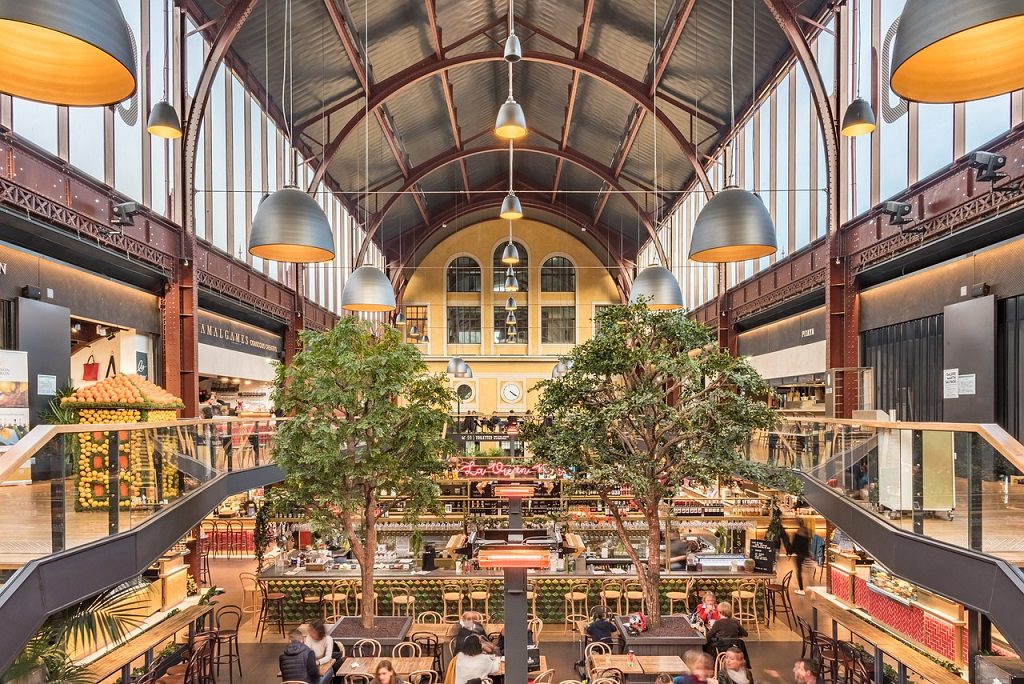
Retail is Dead, Long Live Retail
Much has been said over the last several years about the death of traditional retail. Failing malls, troubled national department stores, and increasing utilization of online shopping strengthened the narrative. However, following an initial post-COVID fall, the sector rebounded, suggesting some of the concerns may have been overstated. In today’s uncertain real estate markets, with a troubled office occupancy environment and a potentially overbuilt multi-family sector, retail shows its potential as both a relative value and diversifying asset class.
During 2023 and 2024, vacancy rates have dropped to historic lows in several retail subclasses, particularly grocery anchored centers and experiential retail. The demand for essential services and ‘internet-proof” physical retailing is proving to be stickier than expected. Additionally, traditional brick-and-mortar retailers are finding that integrating online shopping with in-store delivery and utilizing physical store space for last-mile distribution is proving to be a beneficial compromise that satisfies both online demand and in-person habits. Offering curbside pick-up and in-store returns is convenient for shoppers, efficient for retailers, and pulls shoppers inside for up-sale possibilities.
One of the more significant and potentially long-lasting changes in retail today is the shift in consumer emphasis on location and experience. Today’s consumers are looking for more than just a place to shop. They want entertainment, dining, and other experiential opportunities to complement a trip to the store. As a result, centers that combine traditional retailers with offerings such as restaurants, fitness centers, or entertainment venues are becoming much more popular. Well-located malls are significant benefactors. They can convert vacant big box stores into attractions like a bowling alley or an upscale food hall and sell off excess parking capacity for development as office or multi-family to create a mixed-use, live-work-play center.
These positive trends have helped lift the retail segment from the brink of apparent irrelevance just a few years ago. The current availability rate for all retail square footage is 4.5%. This is the lowest level since CBRE began tracking the metric in 2005. 75% of that available space is in properties over 25 years old. Only 6% is in Class-A properties! This shows that well-located, newer, and higher-quality properties are performing quite well. It is also notable that delinquencies for retail-backed commercial mortgage-backed securities have dropped to nearly pre-pandemic levels and continue to decline. That trend is in the opposite direction for office and multi-family properties.
The retail market still has its fair share of headwinds. Even though the trend toward e-commerce has slowed, it remains a long-term threat. Moreover, a significant amount of the available retail space is in properties that are increasingly out of favor and require large capital investments to improve or convert uses. But by understanding these changing trends and focusing on the basics – well-located, high-quality, and experience-driven properties – there might be opportunities for strategic investors to capitalize on the segment’s long-term potential.
Carey S. Blakley, CFA
